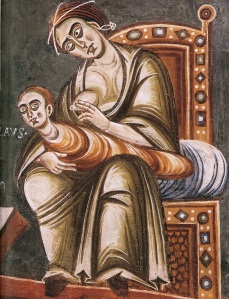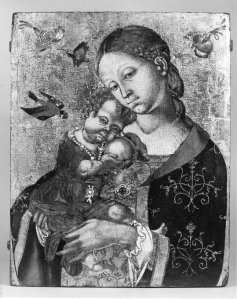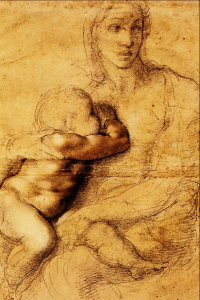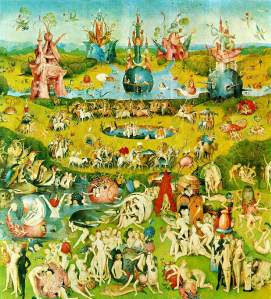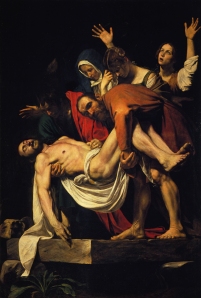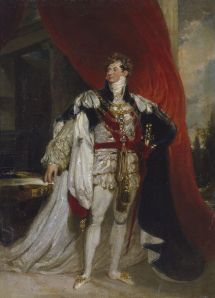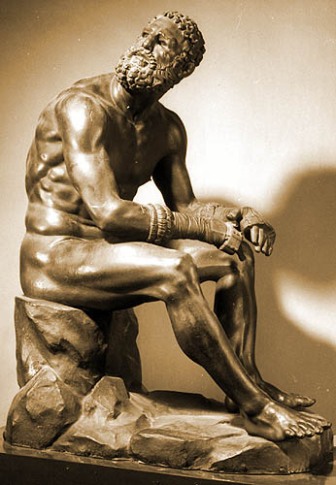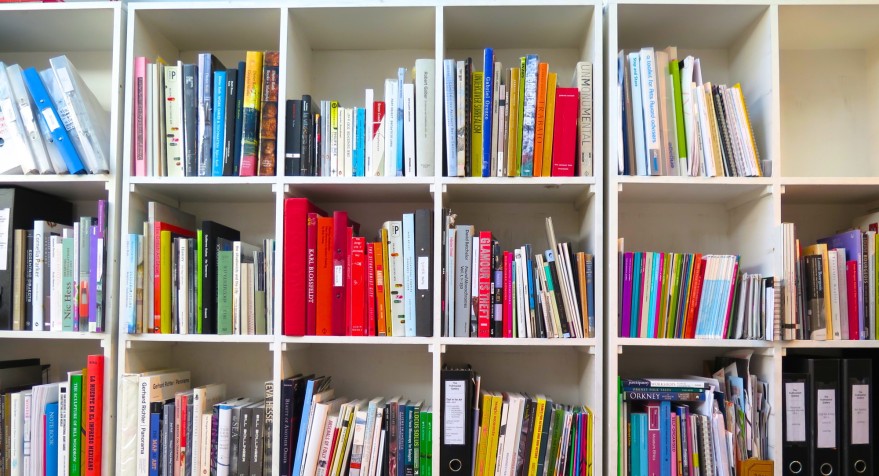
I got into the History of Art field to teach. Teaching, it turned out was just the tip of the iceberg in academia. Most academics spend their careers publishing (so as not to perish,) attending conferences to present their research, and seeking out projects to co-author. Along with this comes sitting on committees, seeking chairs, and reaching the holy grail of tenure. I. Just. Want. To. Teach.
There is also the exploitative practise of paying lecturers next to nothing. A lot of professors in America are finding that they have to work multiple jobs to stay in academia. Soooooo, after I graduated with my Masters in the History of Art, Art Theory, And Curational Studies, I looked at PhDs, interned/volunteered at tons of galleries, worked at a pub and then landed a job at a bookshop as the art buyer.
I love shopping. I don’t want to go anywhere unless I can shop there. Yeah, this forest is nice, does it have a gift shop? I love figuring out how a shop is set up. I love seeing different buying styles, I love merchandising, and how furniture can suddenly be a way to sell soap, or books, or camisoles. I also love soaking up what larger concept a shop is selling to me.
As the art buyer, I was also in charge of non-book stock like cards and gifts, which makes no sense, but I took it on. I was so fricking good at buying cards. It took me a while to get my bearings on the book front. I figured it out, but art books just aren’t profitable in a post-Amazon world. An art book buyer has to hit a happy medium of buyable, impulse books with books that are actually good.
I had the help of someone who was co-running the art section with me. George was Scottish and had an American mum. He was a breath of fresh air. infinitely open to any type of interaction, endlessly interested in all things, and confidently, untouched my others’ influences. He was one of the very few people you get to meet in a lifetime who genuinely change how you view the world. He helped me approach all things with a nuetral eye so I could take my time and really think about them. Instead of jumping into an opinion about something, I could see all facets of it, consider it in and out of context, and look at it without being swayed by popular opinion. I think that type of thinking is what could save the world.
I once ran into George one morning and we got coffee and talked about:
-How hard life is when someone is conventionally beautiful, and how glad we were that we were not devastatingly gorgeous.
-The Japanese fetish of wanting to become flat.
-How non-verbal kinesics and the cadence of the person’s speech you are talking to somehow ends up how you start speaking to them.
-Adult braces.
While working with George, he met a fellow bookseller and they started dating. His girlfriend is and was one of my favourite people on the planet. She’s the type of person who is not only fashionable, but overhwelmingly smart, quick witted, and hilarious. George passed away in 2014. I think he lived about 6 people’s lives in his short time here.
I am so glad I got the art buyer job so I could meet George and his girlfriend. After working there for a few years, a position came up in a Contemporary Art Gallery. They needed someone to run their arts bookshop. I wanted it so bad. I stressed myself out so much over the application, I got ill. When I got the interview, I studied every question they could ask me. I made a presentation based off of their archived program, and consulted everyone I knew who might be able to help me. I got it.
So I became an arts bookseller. My degrees have helped me navigate the nuances of buying for a shop that caters to exhibition goers. I revel in making the art theory section good. I love finding books no other shop will stock that my customer base will love. I also have thoroughly enjoyed building up a super groovy non-book section from suppliers I have found all over the world. My job is shopping for stuff, you guys. But shopping for art stuff.
Working at the gallery has further taught me the importance of standing your ground when you know something is good. It has also taught me to stop caring about what other people think. I’ve learned about how much more you can get done by walking into a space confidently and how reassuring it is to everyone else. And lastly, I have learned how important it is to always be genuine in any interaction. It puts people at ease, and it makes everything so much smoother.
I still want to teach. I think after my kids are grown up, I might go back into academia. It will match my plans of dressing Like Iris Apfel, and calling everyone ‘darling.’ Though I don’t think anything really ever goes to plan. I’m a bookseller now, afterall.
